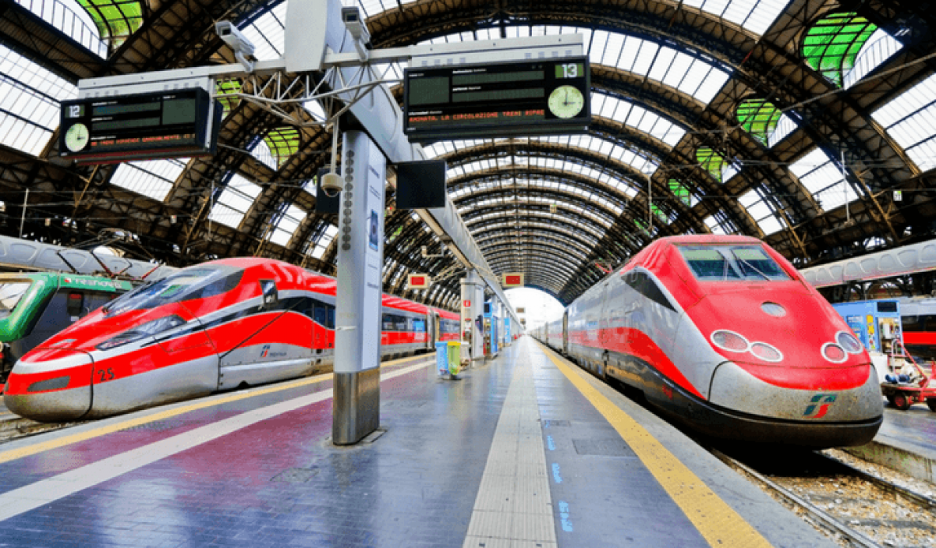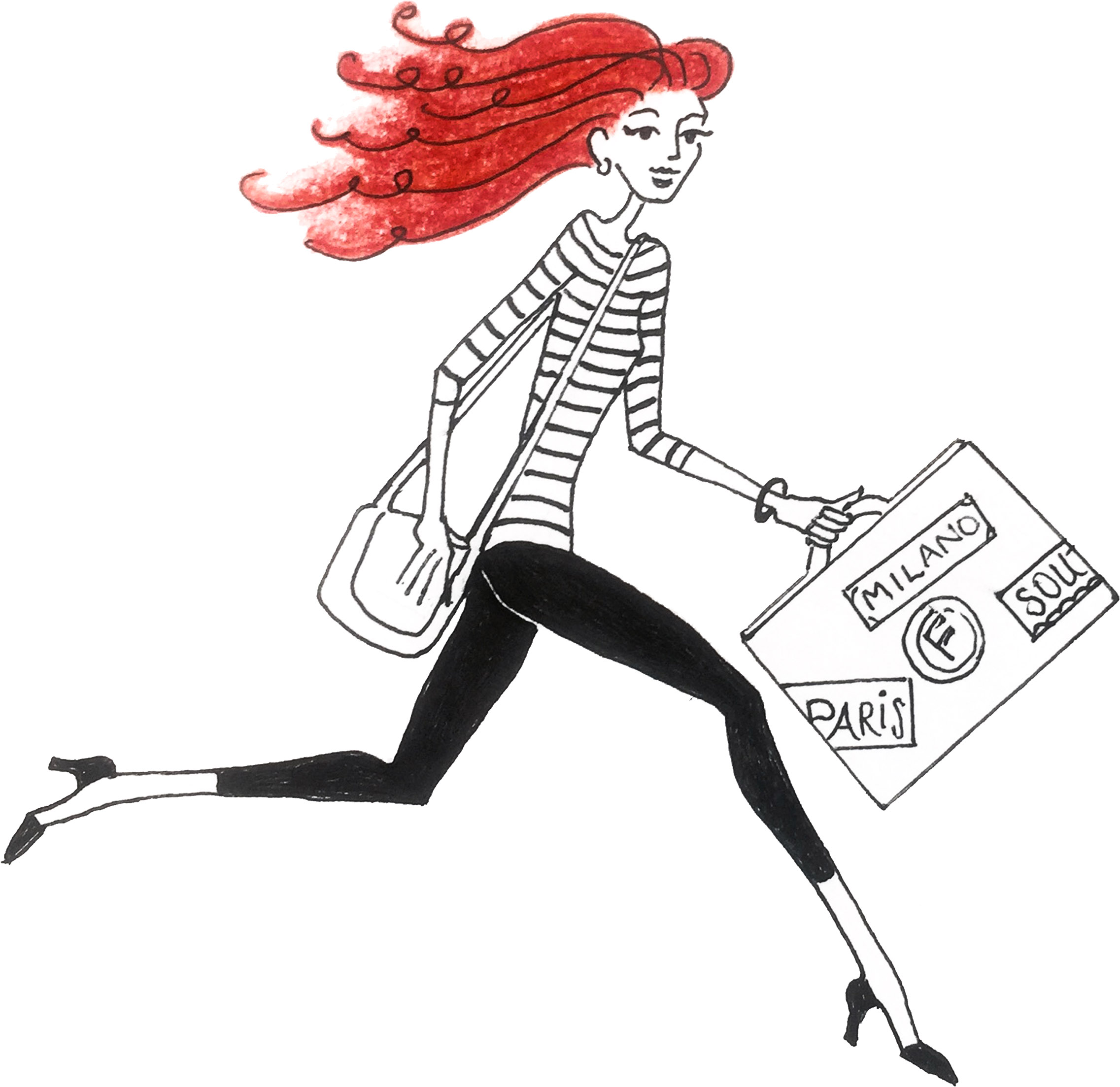How to use Rail Europe to book train travel in Europe.

There are many ways to book European train journeys, one of which is through Rail Europe. Based in Paris, the company is largely geared towards North American travelers. The ticketing website and app—formerly known as Loco2—describes itself as “the easiest way to buy European train and bus tickets online.” I agree!
Which rail companies are included?
Rail Europe sells train tickets for 105 rail operators across Europe, including:|
DB (Germany)
DB SNCF TGV/ICE (France-Germany)
Eurail (all over Europe)
Eurostar (France, Belgium, the Netherlands)
GoldenPass Express (Switzerland)
Interrail (all over Europe)
Italo (Italy)
National Rail (Britain)
OBB (Austria)
Ouigo (Spain)
Renfe (Spain)
SBB CFF FFS (Switzerland)
SNCF (France)
TGV Lyria (France-Switzerland)
Thalys (France-Belgium)
Trenitalia (Italy)
Among the offerings are a range of daytime and overnight sleeper trains, as well as rail passes such as the Swiss Travel Pass.
Note: You can also book coach or bus journeys through Rail Europe; when you begin your search, just tick the “show more bus results” box.
How to book?
Tickets are booked via the Rail Europe website. (It’s easy to open an account.) If you prefer to store your tickets in one place, Rail Europe also offers Android and iPhone apps.
A flat booking fee is charged: €7.45 EUR/$8.45 USD on European and international journeys. Note: Only one fee is charged no matter how many tickets are in your basket when you check out; in other words, you don’t pay any more even if you book multiple tickets or trips.
How to use your tickets on the day of travel?
Most operators offer print-at-home tickets and/or mobile versions that can be displayed on your phone or tablet via PDF in an email or the Rail Europe app.
Italian trains (including Italo, non-regional Trenitaliatrips, Eurocity routes from Switzerland to Italy, and Thello routes from France to Italy) often offer “paperless” tickets (a confirmation code in your booking email), which can be presented via your phone.
If you’ve bought tickets with Spanish operator Renfe, France’s SNCF, Eurostar (excluding some French connection routes), or any U.K. national railway tickets, there will also be an option to collect tickets at the station.
If you prefer paper tickets, allow at least 15 extra minutes before departure time at the station to use the ticket machines.
What are the differences among fare types?
Rail Europe offers three types of fares: Non-Flexible, Semi-Flexible, and Fully Flexible.
Non-Flexible tickets are typically the cheapest fare and are non-exchangeable and non-refundable. Semi-Flexible fares are usually a bit more expensive, and included the option to exchange or refund tickets for a fee. Fully Flexible “usually permits exchanges or refunds with little or no fees” and are typically the most expensive fares. Check “fare conditions” and “cancellation options” during booking to be sure of exact terms.
Refunds and changes can be made via the rail Europe website.
Note: The terms and conditions of the three ticket types can vary, depending on the train operator. Also, as noted on Rail Europe’s website, French “Open” tickets and U.K. “Anytime” tickets aren’t the same as “Fully Flexible” fares.
Twist’s Take: Check out Rail Europe when booking train travel in Europe.

